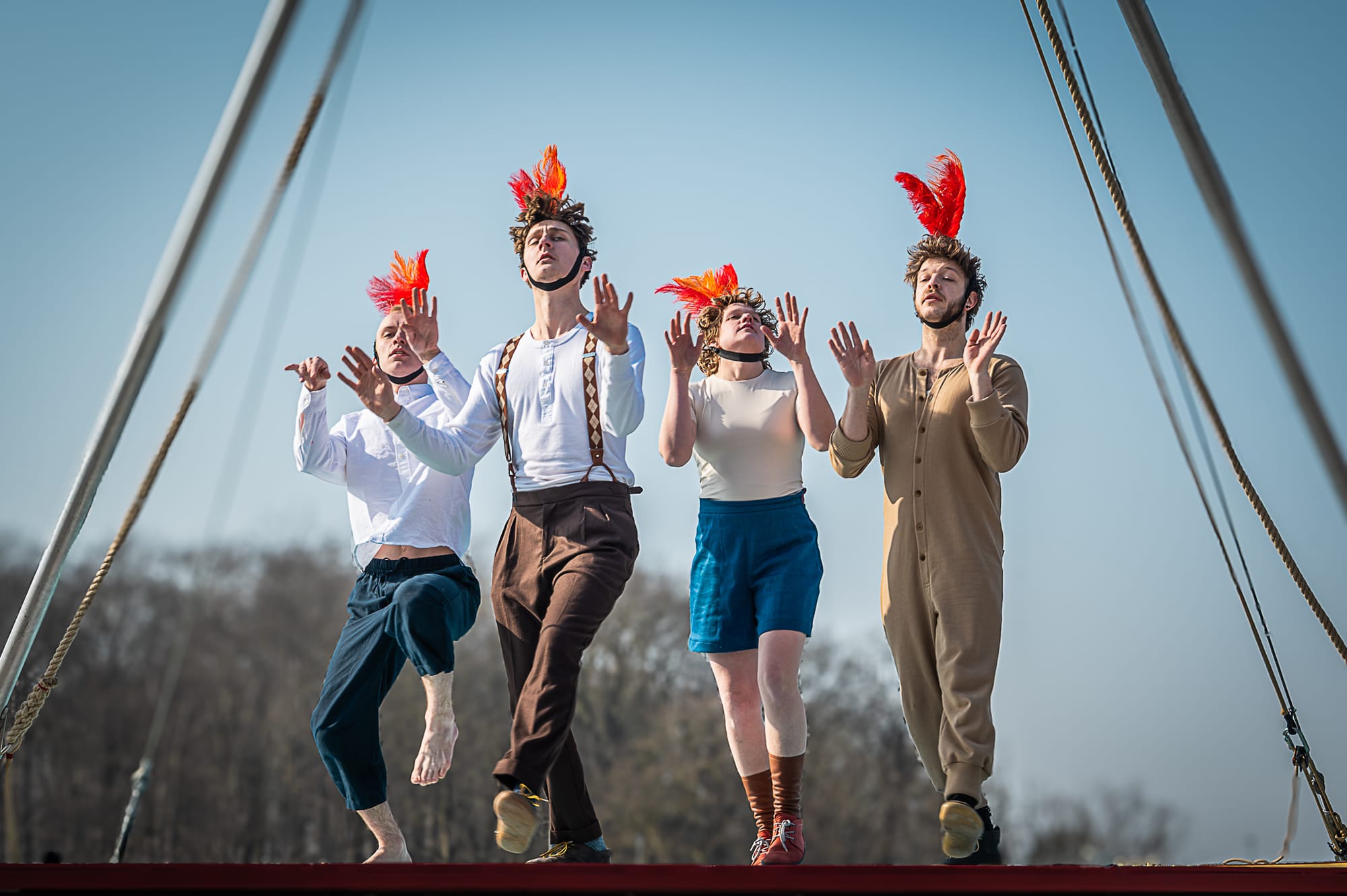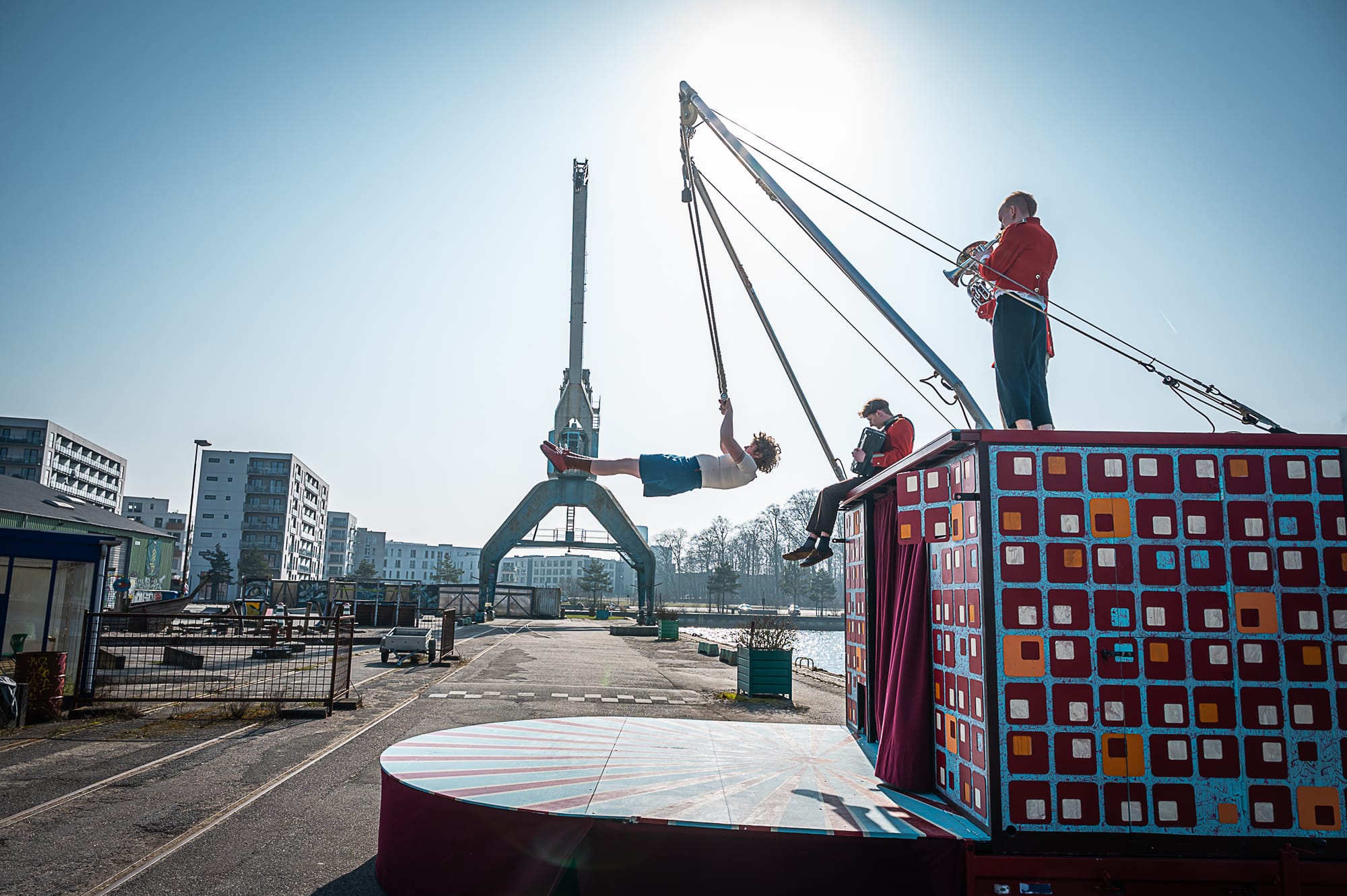The Great Dreams of the Grand Danois

"We made this performance because we want to create contemporary circus that goes back to its roots. Back to the scent of sawdust and the sound of the tent canvas flapping in the wind. We love circus as an art form, but we are also drawn to its popular appeal, the comedy, and the sense of community where everyone can join in."
"The dream is a genuine circus tent. Just like in the big world out there! To revive the grandeur of the circus and travel the world to the sound of applause and excitement. To be your own master and not live hand to mouth. But maybe the journey is just as important as the goal?”
Cirkus Grand Danois
This article is part of the CIRCUS FROM THE NORTH series in which we engage with this rich and exciting region and its emerging aesthetics within circus creation.

What is a circus dream? Is it the promise of freedom and belonging? Of family, community, and artistic kinship? In Grand Danois, the recently premiered production by Danish contemporary circus company Cirkus Grand Danois, circus art and circus dreams fuse to create a microcosm of possibility, warmth, and kindred presence.
The little universe of the great danes is made up of a travelling stage and self-contained scenography, closing and opening, to faithfully support the journey of the four characters. The self-referential dramaturgical structure and character construction open endless opportunities for the four artists to shift roles, to enter and exit each scene, and subtly develop their own personas.
Cirkus Grand Danois - trailer video
Perhaps against contemporary moods that often favour abstraction, in Grand Danois, storytelling adopts a familiar linearity, and the character arcs are carefully curated at all times they are present on stage. Four circus artists, dreaming of performing in a grand big top, find themselves performing, for now, on a small stage, attached to a small wagon. Nonetheless, this spatial containment becomes an asset—the quick scene changes, and smooth transitions become part of the characters’ stories; they never really leave the stage, never really exit their shared dream, inviting the audience to root for them, to follow them behind the red curtains, and help them keep the dream alive.

Each scene is another chapter in their book of hopes and ambitions, set to stage through a medley of circus acts and disciplines. Handstands, trapeze, juggling, pair acrobatics, Washington trapeze, slack line—the four dreamers offer everything they have.

The artistic journey is premised on a blend between “heritage” circus and contemporary expression, which inspires brilliant moments and subtle throwbacks to the circus of old. In one memorable scene, the artists play horse, but the gentle neighing and elegant trotting slowly transform, and the horses become jockeys at a horse race. Two of the horse/jockeys return in a later scene, this time becoming birds, dancing their acrobatic courtship dance—soft trills and absurd squawks are delivered with masterful comedic timing, a patina of levity throughout the acrobatic duo act.
Character metamorphoses are examples of the type of humour deployed throughout the piece: witty and wry—tender observations that capture life’s ironies, without mocking the deeply human experiences in the midst of it all. The tender wit follows the story through turns and changes, allowing the audience to build emotional attachments with the characters on stage.

A recurring transitional scene sees one of the characters craving popcorn, but never really being able to have it—the circus dream morphs again and takes the form of the understated popcorn kernel. His popcorn dream comes true, we think, when, towards the end of the play, he dons his shiny red boots and takes to the slack line to deliver his solo. On the line, he is handed a cone of popcorn, but alas, the arm movements that allow him the balance in the act are the same that spill the popcorn onto the floor. Empty cone in hand, the artist renounces his crackle-bright desire and instead gives himself fully to the performance.

Elsewhere in the piece, the trapeze artist finishes a grand act, just to get “stuck” in the trapeze at the end. The artists/musicians, accompanying the trapezist musically from the roof of the wagon, must push her with a broom stick, to create the swing that will return her safely to the roof. While clear nods to slapstick and clown, these scenes carry the story on its multiple layers: whimsical, approachable, an undeniable crowd-pleaser, and a bittersweet ode to humanity; a gently paced, lyrical and bucolic tale that speaks to love, loss and shared desire.
Peppered with Nordic humour—self-referential, dry, tongue-in-cheek irony—the performance traces the deeply human capacity to make peace with reality, while still chasing a dream.

Grand Danois is a performance for the outdoors, created by Cirkus Grand Danois and director Troels Hagen Findsen.
On stage: Luna Risum Stockmar, trapeze; Johan Risum Stockmar, Washington trapeze, acrobatics, and juggling; Stijntje de Boeck, handstands; Karl Emil Dahl, slack line and acrobatics.
Scenography and costume design: Siggi Oli Palmason
Costumes: Birgitte Nisbeth
Composer: Kristoffer Rosing-Schow
Co-produced by DYNAMO in Denmark, 2025

